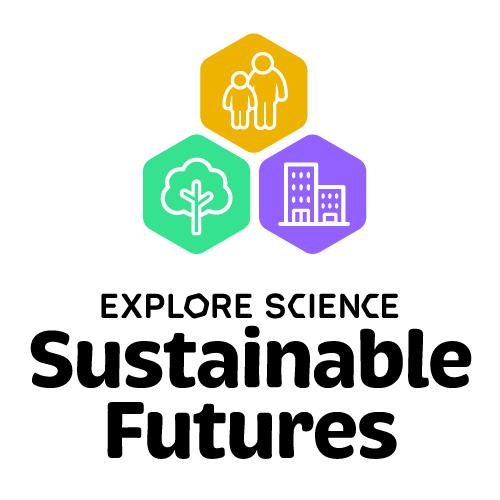DESCRIPTION
This discussion-based activity encourages participants to imagine their community 80 years into the future using the United Nation’s Sustainable Development Goals (SDGs). Participants will learn about current sustainability initiatives within their community from a local subject matter expert and then work in small groups to collaboratively draw their future community.
DESCRIPTION
This discussion-based activity encourages participants to imagine their community 80 years into the future using the United Nation’s Sustainable Development Goals (SDGs). Participants will learn about current sustainability initiatives within their community from a local subject matter expert and then work in small groups to collaboratively draw their future community.
OBJECTIVES
BIG IDEA
- Sustainability means healthy people, communities, and environments, now and in the future.
- Sustainability science studies the interaction between people and the planet and finds innovative and responsible solutions to global challenges.
- We can work together to create a sustainable future. Everyone has a part to play.
LEARNING GOALS
As a result of participating in this program, learners will increase their:
- Understanding of big ideas related to sustainable futures.
- Awareness of the ways that sustainability is relevant to their lives and issues they care about.
- Sense of self-efficacy related to sustainability, including their ability to take sustainable actions and participate in conversations about sustainable futures.
- Sense of connection to their own community by learning about the perspectives of other residents and community members.
Credits
Museum of Life and Science, Durham, NC
The Rob and Melani Walton Sustainability in Science and Technology Museums program is supported through funding from The Rob and Melani Walton Foundation.
Creative Commons Attribution Non-Commercial Share Alike 3.0 United States (CC BY-NC-SA 3.0 US).
View more details

NISE Network products are developed through an iterative collaborative process that includes scientific review, peer review, and visitor evaluation in accordance with an inclusive audiences approach. Products are designed to be easily edited and adapted for different audiences under a Creative Commons Attribution Non-Commercial Share Alike license. To learn more, visit our Development Process page.

